Every spring, cases of people mistaking poisonous plants for edible wild herbs and ending up in emergency rooms are reported across the country. As more people forage for wild herbs around this season, misidentifying poisonous plants that look similar to edible ones can lead to severe poisoning symptoms. The Ministry of Food and Drug Safety and the Korea National Arboretum under the Korea Forest Service released a guide on April 10th to help the public distinguish between commonly confused plants and urged caution.
Over the past five years, there have been 41 reported incidents of people experiencing abdominal pain or vomiting after consuming poisonous plants, with 80% occurring between March and June, highlighting the seasonal risk of confusion.
Experts warn, “Even those with experience in foraging can easily make mistakes, and indiscriminate collection of wild herbs during this period can inadvertently harm health.”
The Ministry has listed several commonly confused plants. Although differences in root or leaf shape, stem color, and scent can help identify them, recognizing these distinctions is not always easy.
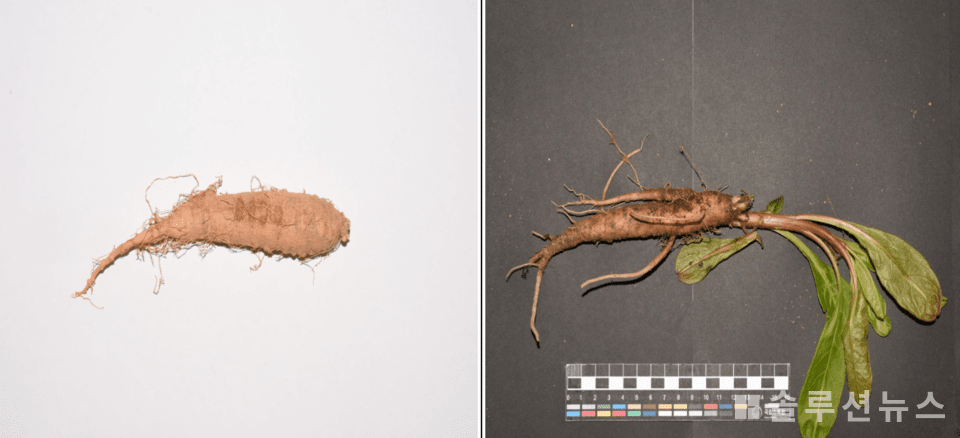
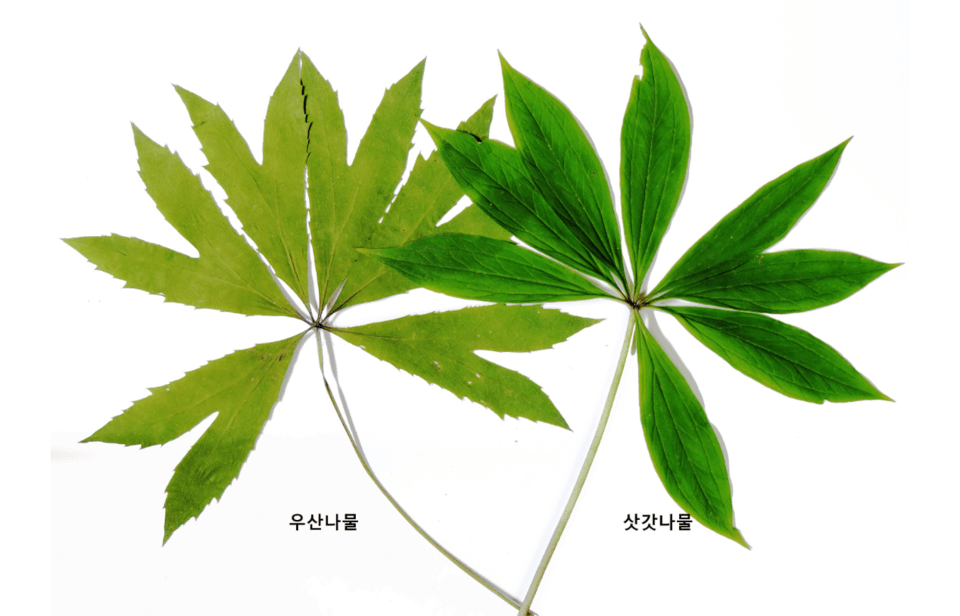
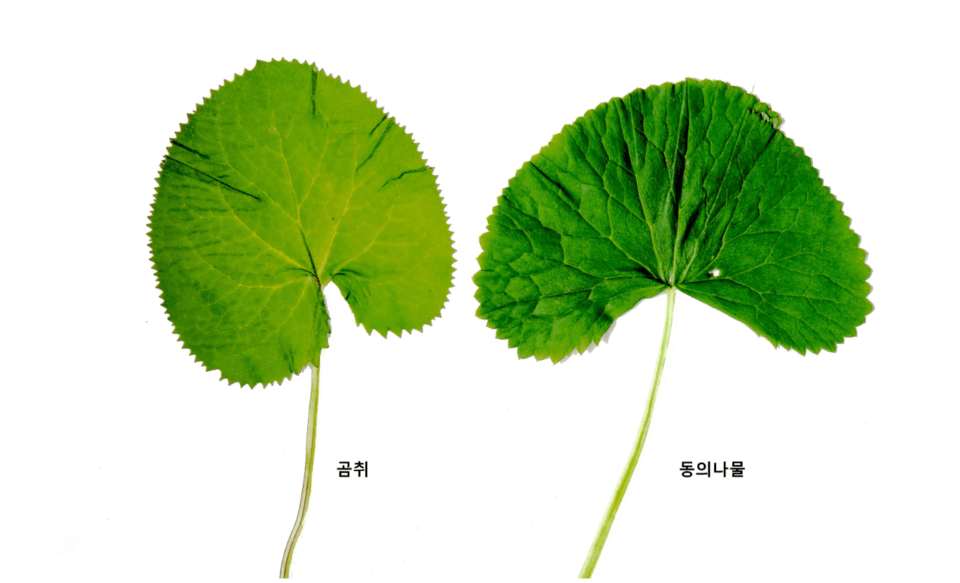
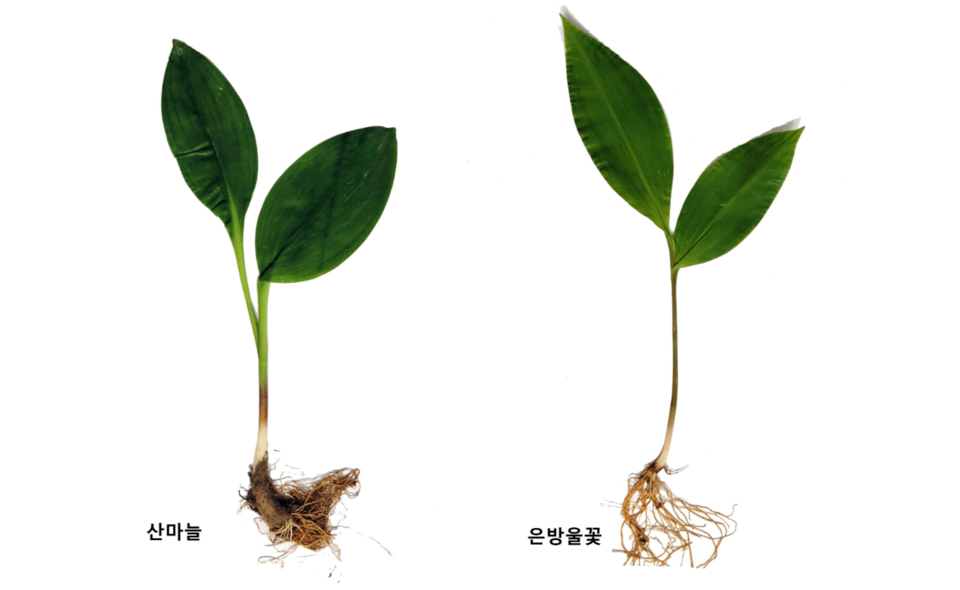
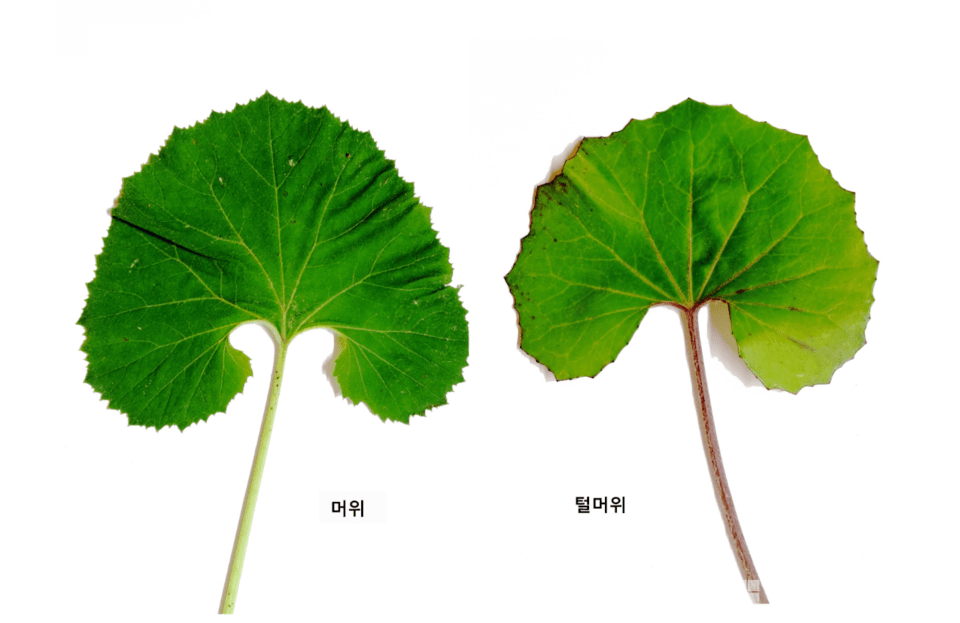
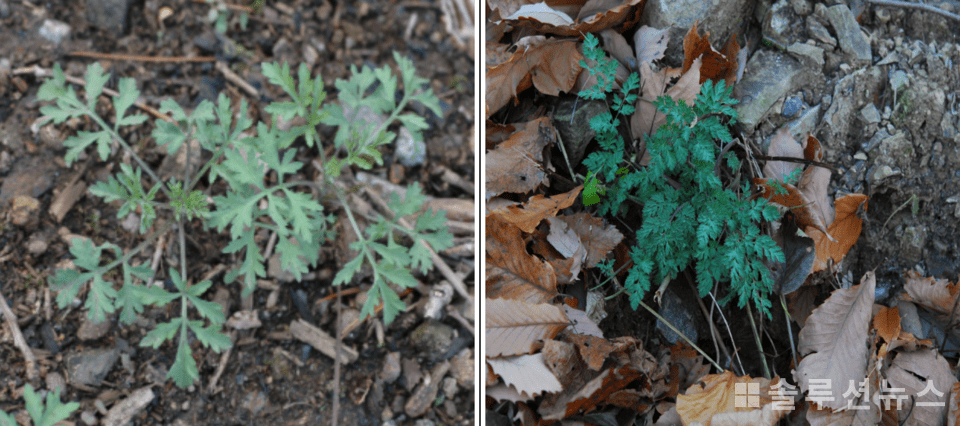
Such confusion between plants with similar appearances is not merely a mistake but can lead to serious health consequences. The government emphasizes that if one is not confident in distinguishing these plants, the best precaution is to not forage them personally. Wild herbs distributed for sale undergo verification of species and safety inspections, making them safer options. If wild collection is necessary, prior learning through the ‘Guidebook on Toxic Plants’ provided by the Korea National Arboretum is advised.
Moreover, even edible wild herbs like Daylilies need to be blanched before consumption due to their inherent toxic components. Daylilies contain harmful substances like ‘Colchicine,’ and the younger leaves are safer to eat. Consuming them raw or mature leaves can cause nausea and vomiting.
If symptoms like abdominal pain, vomiting, or diarrhea occur after consuming poisonous plants, it is crucial to visit a hospital without delay. The Ministry of Food and Drug Safety recommends bringing the remaining plants for accurate diagnosis.
The solution to avoiding poisoning from toxic plants is clear: instead of blindly foraging, confirming accurate information before consumption is the safest path.